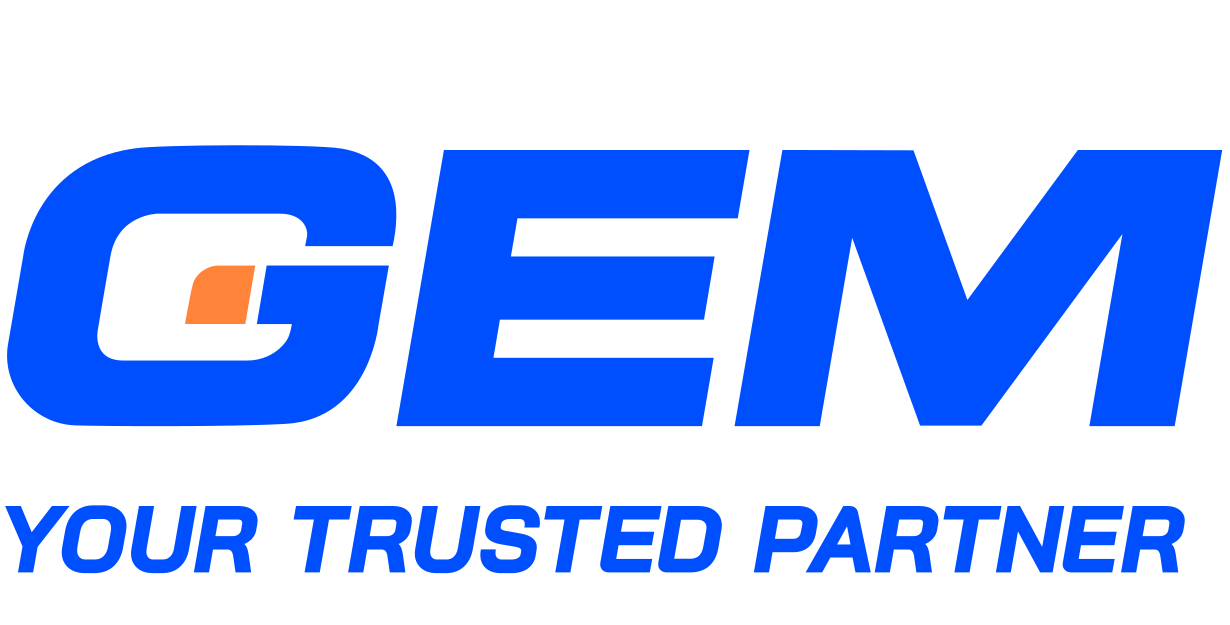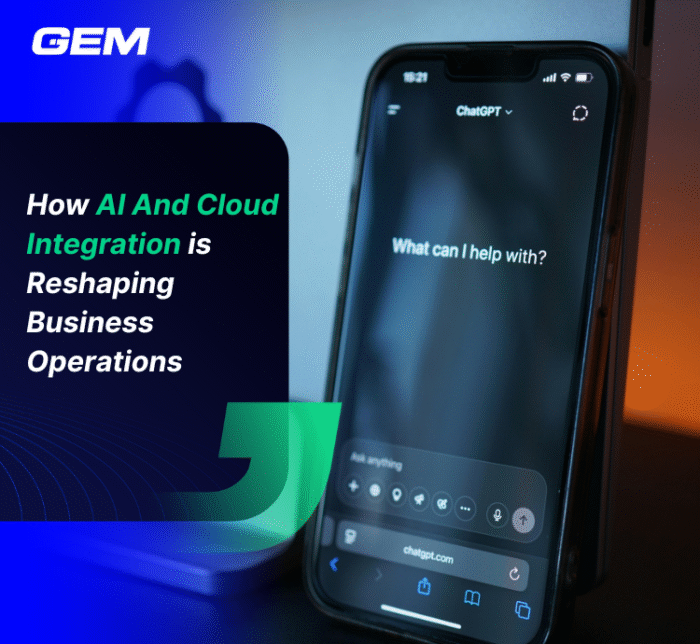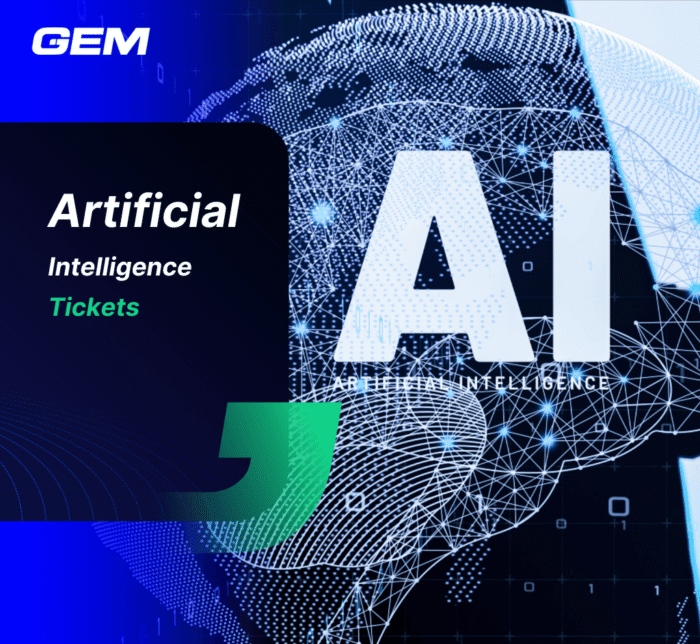Contents
For next-generation buildings, the demand for improvements in energy efficiency, facility management, tenant experiences, and service innovation is growing fast. Smart automation systems are ideal solutions to address these needs.
Real estate significantly contributes to carbon dioxide emissions, as occupied buildings account for over 40% of the global energy consumption. When concerns about sustainable practices to combat global warming arise, energy-saving and emission reduction start to receive more attention.
Across the world, many buildings have been leveraging technological innovations to boost operational performance and sustainable practice. To this end, smart building automation systems (BAS), combined with IoT technologies, can significantly enhance buildings’ indoor environments and streamline management processes, while boosting their energy efficiency.

A recent article by Gartner also stated that building automation has the largest growth rate in the IoT market in 2020 (42%). As the demand to digitally transform outdated building management systems (BMS) rises, IoT emerges as a potential solution. After experiencing a decrease in 2020 due to the pandemic, the market for IoT adoption in smart buildings will bounce back in the upcoming five years. The growing implementation of IoT in smart buildings will greatly affect businesses in construction-related domains.
How IoT technologies are applied in Smart Building Automation?
As building management and the Internet of things (IoT) converge in the 2000s, smart building automation systems (BAS) emerge as an ideal solution for cost and energy optimization.
IoT-powered BAS’s most prominent characteristic is monitoring and controlling the environment of building facilities on a single platform. With assistance from configurable and data-driven controlling equipment, the platform ensures operational performance and occupants’ safety and comfort.
Depending on the types of IoT sensors used in facilities management, prevalent use cases for smart BAS includes:
- Climate control, including temperature, humidity, vibration, etc.
- CO monitoring
- Electrical usage
- Fire detection
- Heating, ventilation and air conditioning systems (HVAC)
- Lighting control
- Occupancy
- Predictive maintenance
- Security and access control
- Structural health
- Water monitoring

How does IoT work in Smart Building Automation?
There are two outstanding components that help the modern BAS system outperform traditional ones.
The first one is IoT-powered meters that facilitate building supervision. They can connect thousands of sensors to measure real-time utility uses such as electrical power, natural gas, and water. Thanks to it, building supervisors could monitor the overall operations of the building via one dashboard.
The second notable BAS feature is the advanced analytics system that analyzes data collected across meters and sensors. The outcomes provide actionable insights for predictive maintenance and prevention of unexpected downtime. Through this integration, building managers can extract valuable information to adjust operations accordingly and achieve a high return on investment.
The flowchart below explains how data is transferred from IoT endpoint sensors into the platform hub. The IoT platform hub will store, process, and analyze the data before streamlining insights into enterprise management applications.
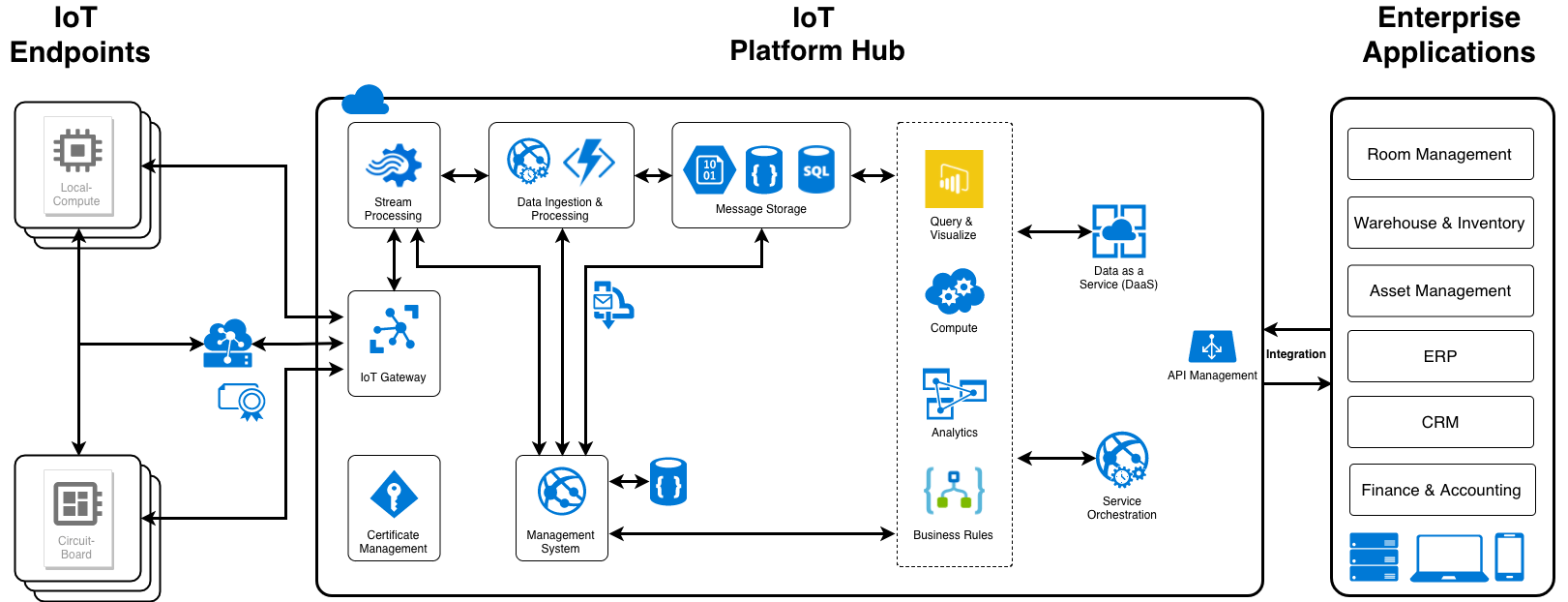
Benefits of IoT-powered Smart Building Automation
Deliver real-time visibility and insights into building operations
Advanced energy analytics and reporting of modern BAS can provide real-time visibility and insights into building operations, which old-school systems are incapable of.
With IoT-enabled devices and sensors attached to individual zones, the system allows managers to examine energy consumption patterns, heat loads, occupancy metrics, and other essential statistics. As a result, they can detect pressures on the power grid for prompt adjustment. Additionally, equipped with predictive analytics, it can notify managers when equipment maintenance and servicing are needed.
These advanced features allow for improved operational efficiency and lower energy usage. According to Deloitte analysts, smart BAS could help organizations reduce 30-50% energy usage or more in existing buildings. Larsen and Toubro Infotech, one of the largest IT companies in India, has saved over 55% on power thanks to this system.
Protecting occupants’ well-being
Besides assisting with facility management, the smart BAS can improve occupants’ health. IoT-powered BAS proactively maintains thermal, air quality, and lighting at appropriate levels by constantly monitoring these variables. Occupants can, therefore, enjoy a more comfortable and beneficial indoor environment.
Moreover, smart sensors enable customized experiences for occupants. For example, they can conveniently adjust their area’s temperature via mobile applications, or provide feedback and ratings about the current facility conditions. Consequently, the management board can closely monitor occupants’ satisfaction to ensure a sufficient occupancy rate and higher return on investment.
Easy modernization
Building owners can transform old systems into IoT-powered BAS without incurring outrageous costs. Battery-operated IoT sensors are inexpensive and highly adaptable to most current automation systems. With robust, scalable, and low-power IoT connectivity, we can integrate sensors across the facility to capture comprehensive insights into diverse building functions and distributed assets. The existing sensors can easily be relocated or installed along the line as new business requirements and renovation needs arise.
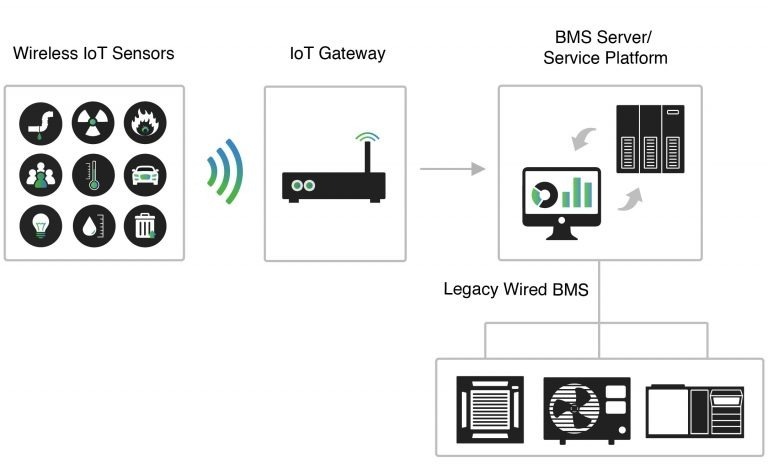
Smart building automation is more than saving energy – this approach can transform how constructions are built, managed, and maintained. With the integration of emerging technologies such as 5G and AI, smart building automation systems will be even more refined and shape the future of building operations.
Lowering the cost of building-management systems
A traditional building management system costs from $2.5 to $7 per square foot, which is equivalent to $250,000 to $700,000 for a 100,000-square-foot building. ROI becomes a challenge for most construction companies, as a low ROI would limit the willingness of owners to invest in a BMS.
Meanwhile, an IoT-based monitoring system can cost from only $5,000 to $50,000. An IoT-based approach using wireless sensors can reduce the deployment cost by 30% compared to a traditional BMS. As a result, companies can expect greater ROI since the managing process of their buildings becomes cheaper and more efficient.
Decreasing expenses and increasing property values
According to 75F, installing IoT-based BMS will help reducing expenses in:
- Energy consumption: A smart BMS can save 30-50% of HVAC energy consumption, reduce LED and other lighting energy
- Maintenance & repairs: Reduction in operating expenses across building system, including HVAC and lighting maintenance; extending equipment life
- HVAC Equipment Acquisition and Installation: Higher efficiency means fewer or smaller equipment; or even an elimination of traditional fixtures. It also allows for faster installation of wireless systems. In addition, buildings may no longer need temperature control specialists and custom programming.
- Onsite IT Equipment: There is no need to invest in workstations and software updates as cloud-based systems can perform maintenance tasks automatically.
- Remote management: Building managers can monitor their facilities through computer software or mobile devices. As a result, they can reduce travel expenses while still responding to alerts on time.
At the same time, IoT-based systems will also increase the asset value of:
- Lease Value PSF: BMS can lift property value by at least $.10/sf, as much as 11.8% to the top line
- Tenant Attraction & Retention: Smart systems are becoming a unique proposition to attract interest from prospective tenants and maintain existing clients.
- Data & Insights Across Properties: IoT-based systems generate detailed reporting on energy usage, indoor air quality, and other important metrics at a faster pace and lower cost.
- Sustainability: Green buildings receive more attention and have higher market value. Consequently, they help companies increase revenue while promoting a sustainable lifestyle.
Eventually, investing in IoT-based systems will bring a faster payback for investors. Time Is Money – Stop Wasting Both Every minute spent on repetitive tasks is a missed opportunity. Leverage AI now to increase productivity, save resources, and focus on growing your business
The tech-driven future of smart buildings is in your hand
Are you looking for advanced solutions to operate and manage your smart building system effectively? GEM Corporation is the IT partner you need with:
- CMMI-appraised and ISO-certified delivery process
- Nationally recognized IT services
- Widespread network of R&D partners
- 100+ successful projects across different domains with real-life impacts
- 100+ satisfied customers
- Proven capability in leveraging various tech tools, including IoT
GEM Corporation, a leader in digital innovation, is ready to bring its expertise to your smart building projects. Connect with us today!
